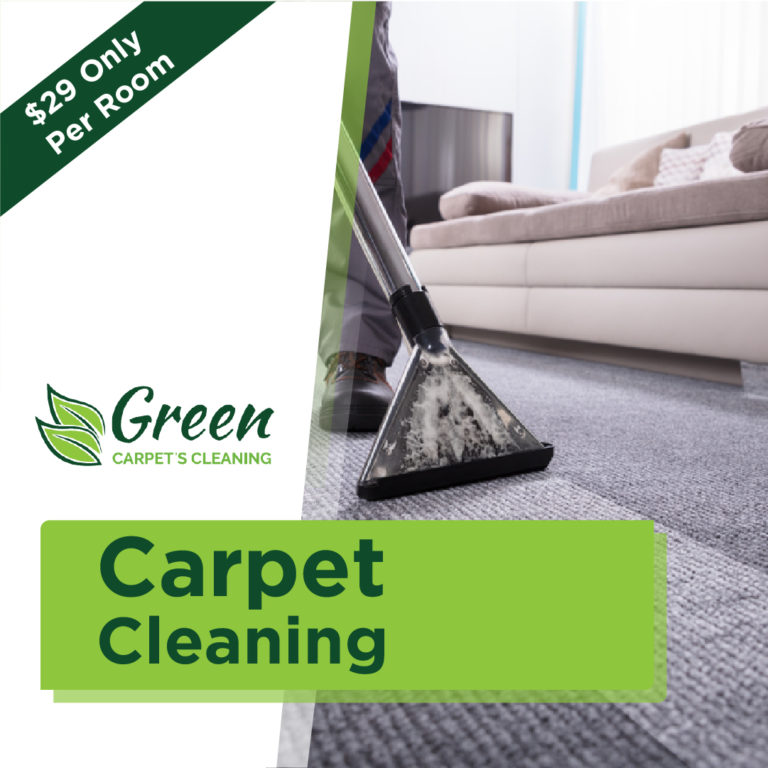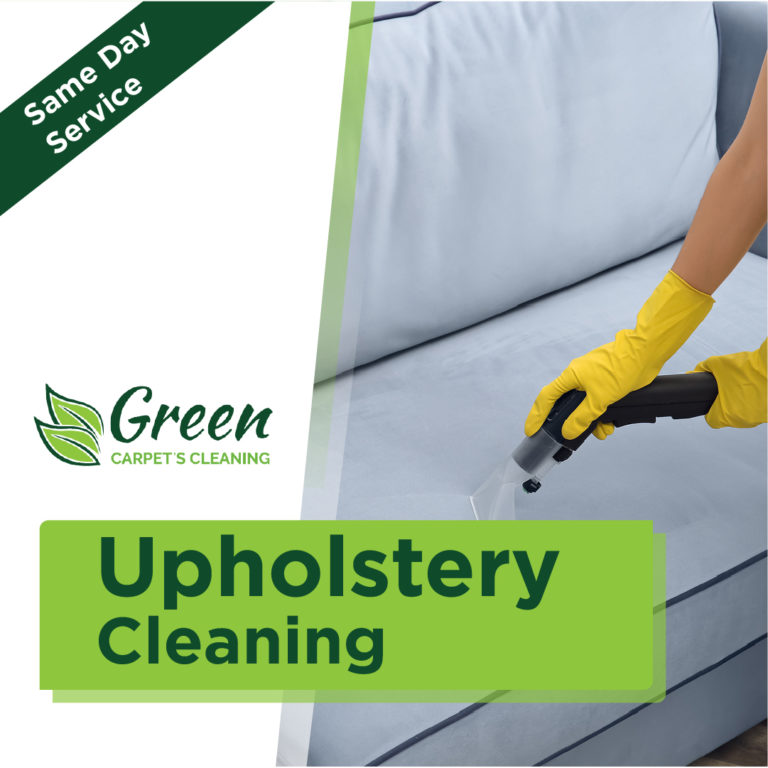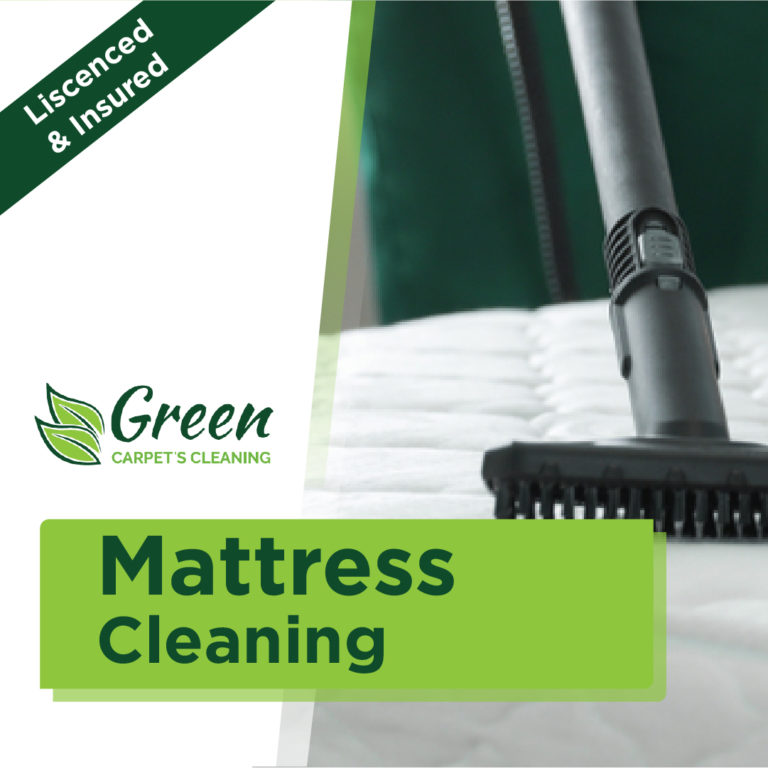Fixing a carpet that got wet
Many buildings suffer water damage every year. Large volumes of water can seep into your carpet from sources like slow drips, burst pipes, roof leaks, and the like, which can promote the growth of mold and mildew if not addressed. Mold and mildew growth in the carpet is not only unpleasant because of the carpet’s discoloration, but also dangerous because the mold’s spores can be breathed in by anyone in the vicinity.
After a flood or leak, most individuals will attempt to dry out their carpet. However, if you don’t dry the carpet properly, you can end up needing to replace all of the carpets in your house or office. After water damage, the carpet can be dried in a proper manner. Using these techniques can help you save money and get things back to normal in less time.
Is there anything you should do before drying?
Repairing the leak must come first, so the carpet damage can be mitigated. This will prevent mold and other problems that can be caused by residual moisture. A plumber or leak expert may be needed to address this; they may also have insight on how to speedily detect and fix similar problems in the future.
Assuming the leak has been repaired, the carpet can be examined to determine the extent of the damage. Check for wet spots or other evidence of moisture as you move any objects off of the damp carpet in order to access all of the areas.
How do I dry the carpet?
As soon as you have removed everything from the damaged area, you should start the drying process. Faster drying times mean less time for mold and mildew to take hold and spread through your carpet.
Scoop up any puddles of water that have formed on the carpet.
Wet/dry vacuums are useful for removing excess moisture from soggy carpets. If you want to avoid the risk of damaging your ordinary vacuum from water leakage, you should only use a wet/dry vacuum. Attachments that generate strong suction near the carpet’s surface are preferable for extracting the most moisture.
Towels can be used in place of a water vacuum if one is not readily available or if the affected area is very small. Spread out the towels, covering more ground than just the soaked area, then press down with heavy objects. Applying pressure with books or other heavy items helps pull water from the carpet and into the towels.
Quickly removing excess moisture from the carpet.
You can accelerate this with the use of fans and dehumidifiers. A decrease in relative humidity causes the water in the carpet to evaporate more rapidly. Increasing airflow will hasten the rate at which liquid evaporates.
Have a desk or freestanding fan ready in case you don’t have access to a ceiling fan. For the fastest carpet drying results, you’ll need a fan of some kind. If you don’t, drying will take forever. Verify that the fans are moving air efficiently across the space.
You can use a hairdryer on a low setting to dry out tiny sections of damp carpet from a safe distance, but be sure to move the hairdryer frequently so that no one location gets overheated. Keep in mind that a hot carpet may look dry even though it is still wet, so wait until it has cooled before making a final determination.
Sanitize and deep clean the carpet.
A professionally cleaned and sanitized carpet is available from Green Carpet’s Cleaning. Get a Same Day Carpet Cleaning Newport Coast service now.














